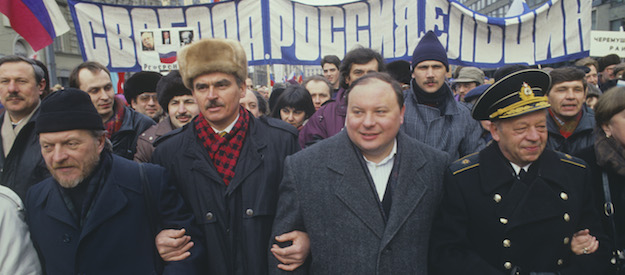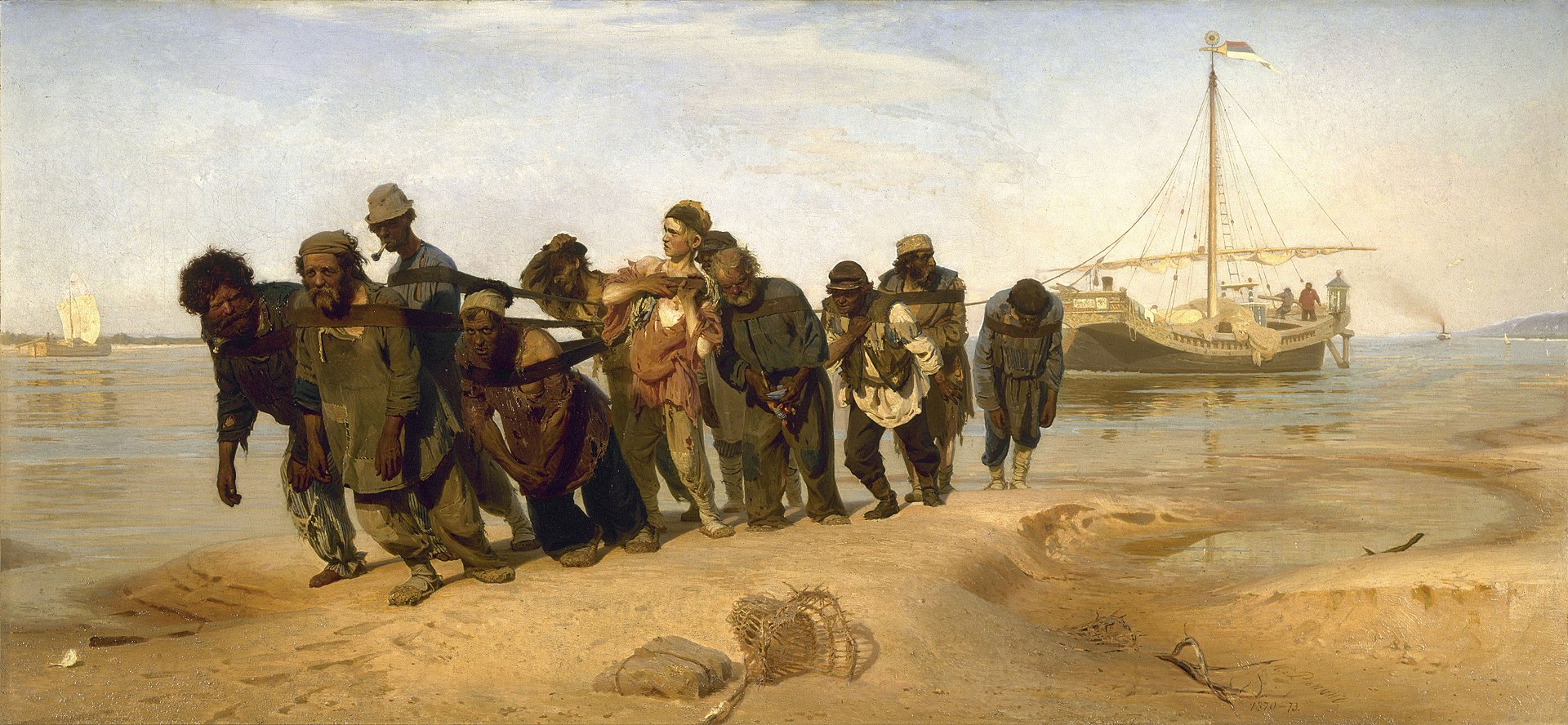
The course aims at understanding the processes of economic transformation in the post-Soviet area. It adopts the political economy approach, therefore, it is not primarily aimed at economists (although they are welcomed). It covers the time range of late socialism to the current days with particular emphasis on key moments in the political economy of the post-Soviet Area.
- Teacher: Karel Svoboda

The course covers the time scope of 1945-2010 (more precisely, from the end of WWII to the World Financial Crisis). Its main aim is to explore the political economy of the area, divergences and convergences in the countries' developments. It is not meant to be a history of the region. Territorially, it deals with East Central European countries excluding former Yugoslavia (the country will be covered only to the extent of its interaction with other socialist countries). During the course, we should seek answers to questions such as: Can we speak of one region? What are the similarities and differences? What were the patterns of cooperation? Thematically, the course is divided into two parts, with relations and conditions within the socialist bloc being the first part and the post-socialist reality being the second.
- Teacher: Karel Svoboda

Úkolem kurzu je dát přehled o vývoji hospodářství v Rusku (popřípadě Sovětském svazu). Důraz bude kladen na nejnovější období vývoje hospodářství, zatímco starší období budou pokryta přehledem „přelomových“ jevů. Struktura kurzu bude primárně odpovídat chronologickému řazení, důraz bude ale kladen i na pochopení širších, především teoretických souvislostí.
Z nejdůležitějších takto pojatých otázek lze zmínit zrušení nevolnictví (přirozeně i s nástinem, o co v nevolnictví vlastně šlo), industrializace přelomu devatenáctého a dvacátého století, dále válečný komunismus, NEP, stalinská industrializace, válečná ekonomika a poválečná obnova, pokusy o reformy v rámci Sovětského svazu. Největší díl, zhruba polovina kurzu, bude věnován poslednímu období, tedy perestrojce a následné hospodářské transformaci. Půjde zde o popis reformních pokusů pozdně sovětského období od plánů na zefektivnění hospodářství až po Šatalinovy a Javlinského reformní plány. Plán Gajdarových reforem bud potom pojat z celkového pohledu stavu ruského hospodářství. Budeme tedy sledovat témata jako růst inflace, vliv decentralizace státu, vznik oligarchických skupin, finanční krize státu, privatizační kauzy. Zlomovým momentem v tomto vývoji je srpen 1998, kdy propukla finanční krize, která ukončila období „divokého kapitalismu“ a zdůraznila nutnost reforem. Ty potom nastávají již před příchodem Vladimira Vladimiroviče Putina, nicméně s jeho vládnutím, ať již z postu premiéra, nebo posléze z postu prezidenta. Poslední část bude věnována současné ruské ekonomice a jejímu fungování.
- Teacher: Karel Svoboda

The course deals with the developments of Russia after 1991. It focuses primarily on the current situation. Nevertheless, it is based on the logic that without understanding the past, we cannot understand current affairs. Therefore, the first three classes give a basic history overview of Soviet and post-Soviet developments, the next classes deal with Putin's Russia.
- Teacher: Karel Svoboda